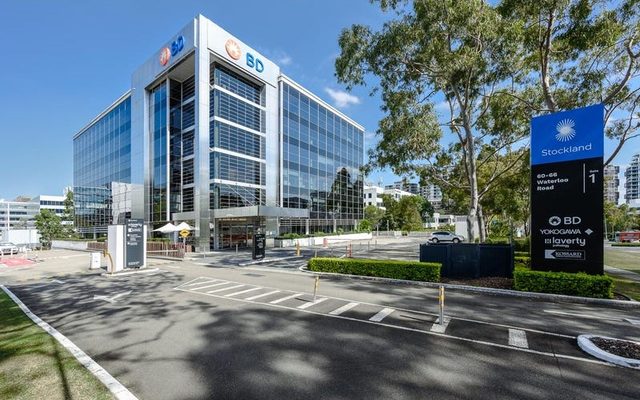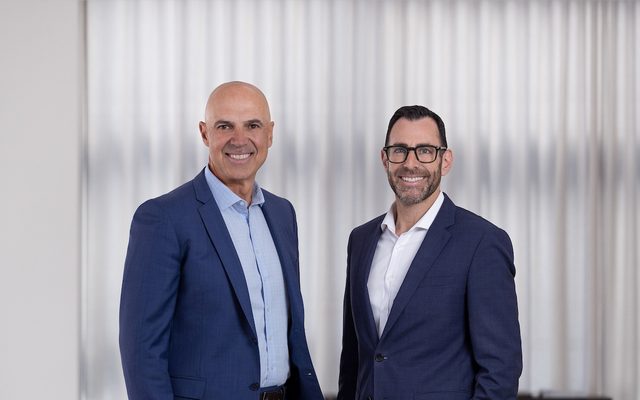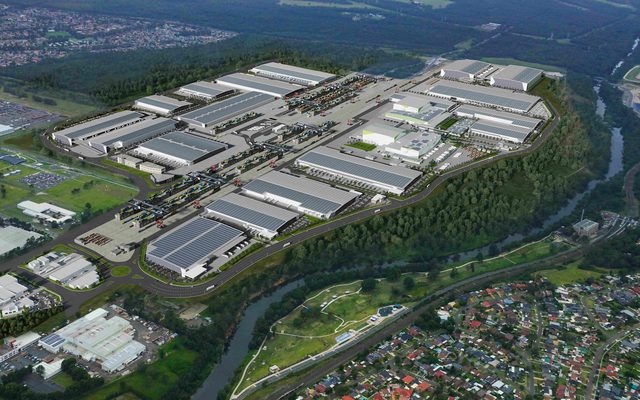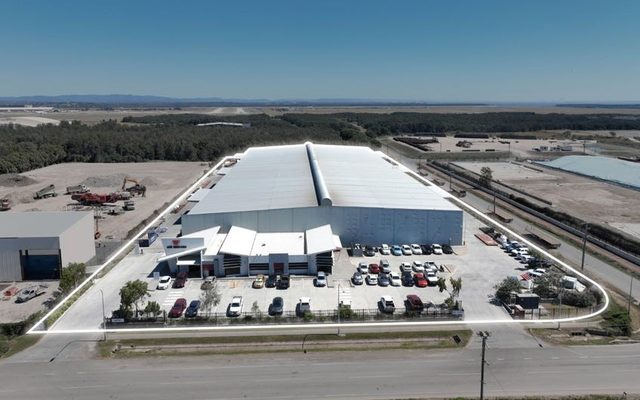This article is from the Australian Property Journal archive
AUSTRALIAN-owned private family investment office, Precinct Capital, is responding to Sydney’s industrial space shortage with the launch of the $2 billion Nepean Business Park in Penrith.
The business park will occupy a 49-hectare former quarry site adjacent to the Sydney International Regatta Centre and will be one of the city’s largest small-lot industrial small-lot subdivisions, delivering circa 93 small to medium lots.
John Micallef and Matthew Alessi from CBRE, alongside Luke Belotti from Macquarie Commercial, have been appointed to manage the Stage 1 launch on behalf of Precinct Capital.
“The park includes smaller lot sizes ranging from 2,007sqm, allowing for local enterprise to share in the growth of the Western Sydney region,” said Bruce Baudinet, chairman at Precinct Capital.
“There is clear demand for this style of industrial and warehouse space, with the Penrith area fast becoming an employment hub for major industry and suppliers.”
According to Micallef, a small lot subdivision of this scale has not been developed in Sydney for at least 15 years and will present a particularly appealing opportunity for occupiers in the current constrained landscape, where Sydney’s Outer North West vacancy sits at just 0.2%, the lowest in the world.
“Sydney’s industrial market is predominantly controlled by institutions who develop to hold long-term, and typically focus on larger buildings above 4,000sqm. Nepean Business Park will offer lots that cater for small and medium businesses. This market is severely undersupplied, and we have not seen any substantial new stock for an extended period,” said Micallef.
“This has led to large rental increases and occupiers are struggling to find premises. We have an influx of small businesses looking to own their own premises, which Nepean Business Park will cater to, and we also expect strong engagement from investors given the market’s strong underlying fundamentals.”
The lots delivered will also include open space, public art and benefit from pedestrian and cycle links.
“Given the increase in Australia’s migration program planning, we estimate an additional 800,000 people will be living in Sydney between now and 2031,” said Sass J-Baleh, Australian head of industrial & logistics research at CBRE.
“The forecast population growth is expected to create demand for around 3.6 million sqm of industrial and logistics floorspace over this period.”
J-Baleh noted just 4% of the total industrial-zoned land in the Sydney Metropolitan Region was currently undeveloped and serviced, well below levels of demand from transport & logistics, e-commerce and manufacturing occupiers.




